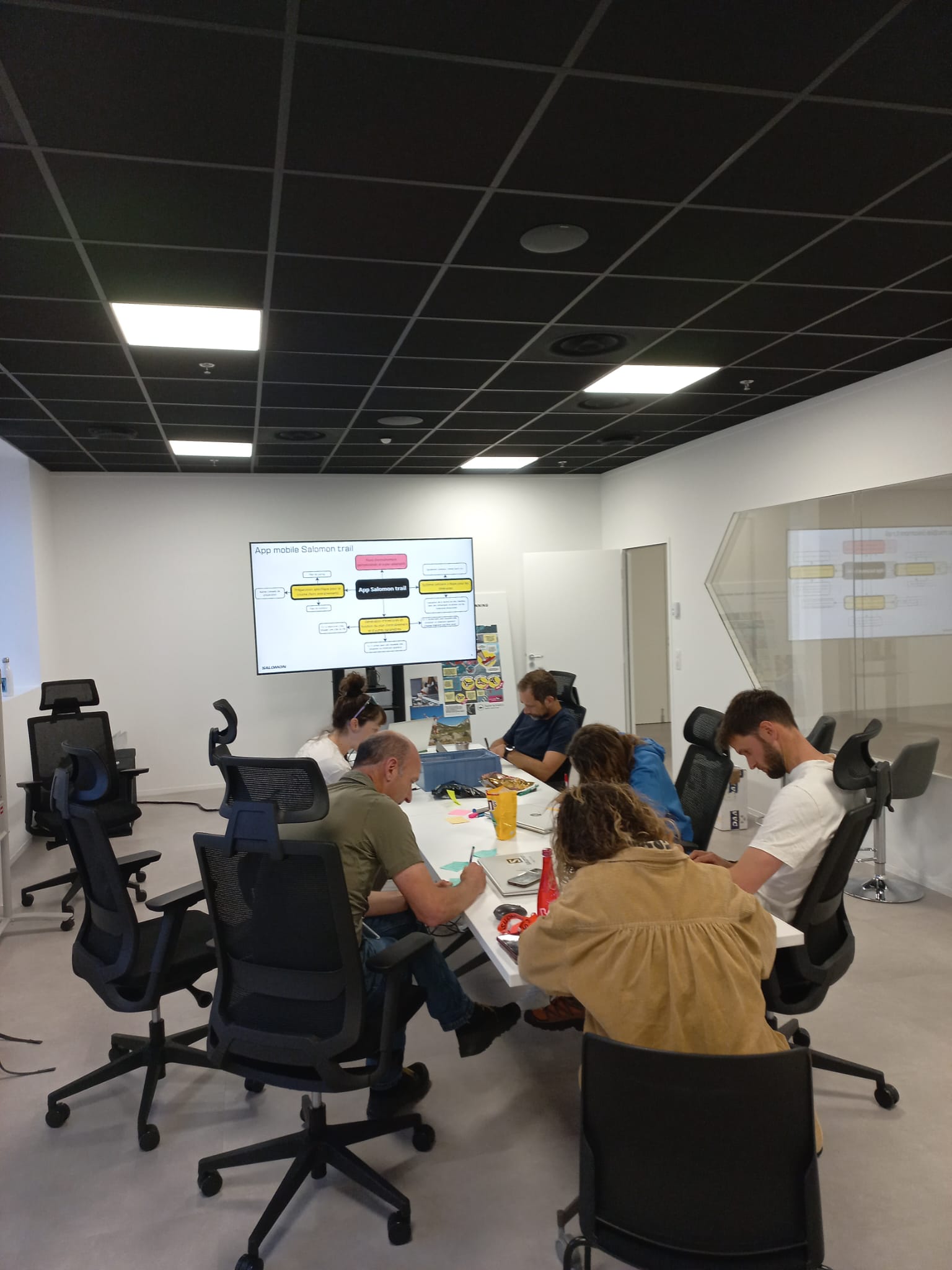As part of my software engineer internship at Salomon, I had the opportunity to work closely with a UX Designer on the early stages of product ideation for a new mobile application. Our mission was to design features that matter to runners.
📱 1. Competitor Analysis: Mapping the Landscape
We began by conducting an in-depth benchmark of existing mobile apps in the running and outdoor sports space:
- Apps like Strava, Nolio, Kiprun Pacer, Adidas Running were analyzed.
- We identified the strengths and weaknesses of each app in terms of value, user experience, and purpose.
- This allowed us to distinguish between different app types:
- Coaching-focused apps (like Run Motion Coach)
- Route discovery apps (like Komoot)
- Brand-first promotional apps (like Nike Run Club)
- Community/social-driven platforms (like Strava)
This analysis gave us both design inspiration (by noticing interesting features) and a clearer picture of gaps in the market.
🗣️ 2. Interviews with Trail Runners
To go deeper and get a better undestanding of what trail runners waiting for their training app, we prepared and ran a series of qualitative interviews with a wide range of runners. The process included:
- Drafting an interview guide focused on identifying user profiles, habits, tools, frustrations, and must-have features for a hypothetical Salomon app.
- Conducting 10 in-depth interviews (30–45 minutes each), covering detailed aspects of each runner’s training style and tool usage.
- Extracting insights and pain points to feed into ideation workshops.
This phase helped us cluster runners into 3–4 typical profiles, which were later used to prioritize features and scenarios.
💡 3. Ideation Workshops with Trail Runners
We then hosted ideation sessions with trail runners. We explored feature possibilities based on insights from the interviews:
- We selected 3–4 key feature themes to focus on.
- Workshop structure:
- 10 min: introduction & context
- 15–20 min: individual sketching or idea generation
- 10 min: collective post-it sharing
- 20–30 min: open discussion to refine promising concepts
Following the sessions, I co-led a synthesis phase with the UX designer to outline next steps for design and implementation (even beyond the end of my internship).
🎨 4. What’s Next: Prototyping
Although I wasn’t involved in this phase directly (it’s planned for after the end of my internship), we outlined a roadmap for:
- Turning selected features into UX mockups
- Running reviews with Product Owners and Designers
- Iterating based on internal and external feedback
🚀 Reflection
This experience was a major highlight of my internship. As a future engineer, being involved in user-centered research gave me a deeper understanding of what truly makes a feature valuable. It also emphasized how much thoughtful design work happens before a single line of code is written.
📸 Media
